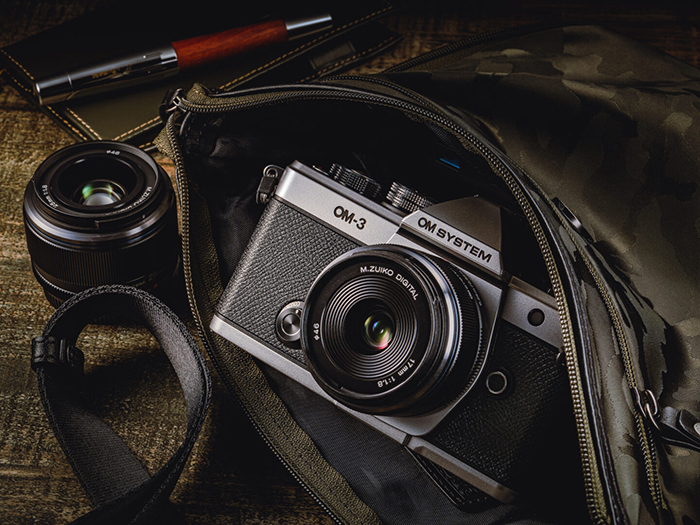Interview with Thierry Bourque from OM System: “Smartphones cannot compete with System cameras”

Thierry Bourque (image by Phototrend).
Thierry Bourque is product specialist and training manager at OM Digital Solutions. Phototrend had a chat with him and here are some highlights:
- He explained why OM System was not at this years Salon de la Photo show in Paris: “Today, we are very oriented towards wildlife, nature and landscape photography and we believe that the Salon de la Photo is less representative of this type of photographer.“
- We want to “focus less on technical performance. Our challenge is also to show that the compactness and lightness of a camera are also advantages, that this is not done at the expense of image quality.“
- OM System will stick to MFT format: “We are convinced that the micro 4/3 is the best compromise between quality, compactness and lightness that a camera must offer today. Unfortunately, I think that if many people have turned away from photography it is also because of this: the camera has become too bulky for them, and becomes a burden – literally and figuratively. I think this has been a brake in the development of digital photography. Today, we need to offer more compact and lightweight solutions. It’s another approach, and I don’t think it’s a bad idea.“
- Smartphones cannot compete with real system cameras: “For example, today I don’t see a smartphone capable of taking animal photos. When we talk about case, we also talk about system. Smartphones cannot compete with the optics that can be put on a camera. I’m not saying in 20 or 30 years. But today, photo optics will always be better than optics on a smartphone.“
- “The advantage of OM System is that we only do photography, whereas Olympus also did medical, industrial, microscopy and was involved in diversified activities. It was therefore complicated to get out of the game in photography at Olympus when you know that the activity did not even represent 20% of turnover. Olympus also used photographic optical research and development for microscopes and endoscopes. Now it’s 100% photo: it allows us to work more precisely and faster. Again, without criticizing the story with Olympus. It’s a different way of working, with greater responsiveness and better adaptation to the market and demand.“




